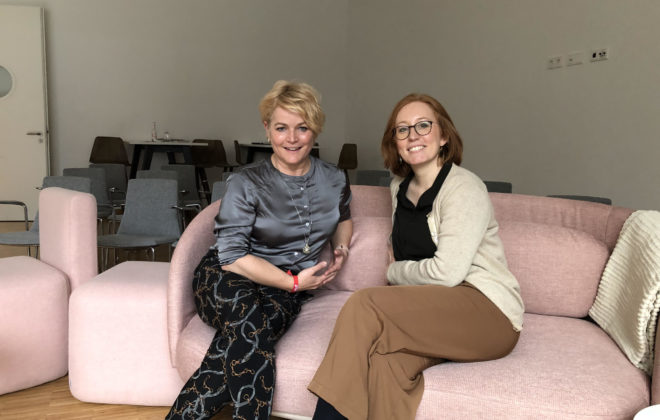Storytelling: Continuing when the story is at its best
The stories have been found, the people involved are enthusiastic and busy with further development. The first story ambassadors have started their work, the boss did well at the last “all hands” meeting and was authentic with his story on stage. And then the whole narrative energy somehow silts away in the sandy mills of everyday life. (Quarterly targets! Sales slump! Manager change. The usual just…)
Constant dripping wears the stone.
In narrative communication, sustainability means, above all, following up. If the story is not told, the thread is not picked up, there is no confirmation and recognition of the achievement or even worse – disapproval (“you see, I knew I’d get such a fashionable marketing shot again”). Narrative projects that end too early are like an antibiotic cure: broken off too early they do more harm than good… For working with stories this means: no return on investment and, as experience shows, bad blood in the coffee kitchen…
Short and strong, long and steady
Strong narrative communication unfolds its effect emotionally immediately (handkerchiefs! Hang on the lips! Sigh!), but also needs a long-term perspective. One should be able to look back one year still with pride and good conscience on the stories, which one developed together before. So it’s better to include them in your communication budget and to-do lists from the outset. How can narrative structures be scaled within a topic complex & time period? Be included in the planning? Define control mechanisms and success criteria so that quantity and quality can be measured. Plan at least one year in advance when and where opportunities arise to develop stories further and give them a stage. Trade fairs, customer events, partner events, sponsorships are chic spotlights, but also internal company training courses.
Story core and brand message should form a symbiotic partnership.
How can the core of the story(s) be made campaignable and sustainably anchored? Then marketing and communication can further develop the narrative cross- or transmedially and it becomes visible internally and externally again and again. Storytelling as a form of communication can run cross-media more easily if I use narrative elements consistently and throughout the entire process. Whether in PR, flyer headlines or event invitations.
Think around the corner
The momentum is easier to maintain if the budget is secured for at least one year, activities are planned as concretely as possible and perhaps even an in-house sponsor is found. If possible, someone who is emotionally attached to the idea. And the higher the ranking, the better. Top down has (still) more power. Maybe reinforcement comes from an unexpected corner and broadens the base. Even a controller can become a story ambassador…
If you need a helping hand, I am happy about mail, telephone or smoke signals…





